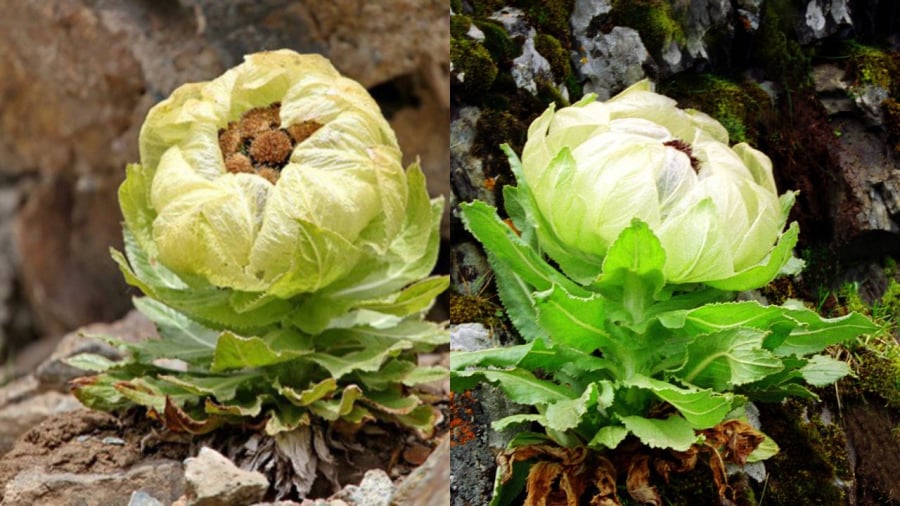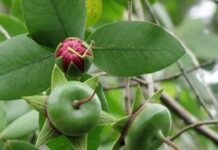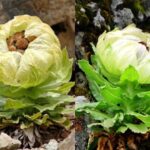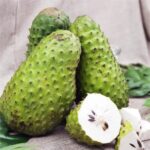The flower is called Tian Shan Snow Lotus, a lotus that grows on snowy mountains. This flower has been spotted blooming amidst the cold, snowy peaks, a truly remarkable sight. Its beauty is pristine and noble, and it is not just a fictional creation but a real plant that exists in the harshest of environments, considered a treasure of the snowy mountains.
A Legendary Flower Comes to Life
Once considered a mythical flower, the existence of the Tian Shan snow lotus was officially confirmed by scientists in 2018 on the peaks of the Tian Shan Mountains in China. In 2020, it was also discovered in the Gobi Dzungarian region, specifically on Mount Baitag Bogd in Mongolia, about 250km away from the Tian Shan range. These findings solidified that the snow lotus is not just a cultural symbol but an extremely rare biological entity.

What makes this flower even more extraordinary is its incredibly slow growth cycle. It blooms only once every 5-7 years, and each bloom lasts just a few short days, making the search and harvest of this flower a challenging and time-consuming endeavor.
Pristine Beauty and Robust Vitality
The Tian Shan snow lotus captivates with its ethereal appearance, a unique beauty. Its petals are usually white with a hint of yellow, and its stamens shine with a reddish-purple hue, standing out against the snowy backdrop. This flower grows from the cracks of rocks and snowy peaks at altitudes of 2,500–4,000 meters, in conditions too harsh for most life forms to survive.
The snow lotus only germinates at 0°C, grows between 3–5°C, and can withstand temperatures as low as -21°C. With a germination rate of only about 5%, this flower’s resilience and value are undeniable.

Legendary Benefits and Uses
In folklore, the snow lotus is associated with fascinating tales. It is believed that consuming just one of these flowers can protect the body from the cold and even reverse aging. In Chinese martial arts films, the image of warriors consuming snow lotus to increase their internal power and heal their wounds is deeply ingrained.
While most of these miraculous effects remain in the realm of legend, the snow lotus is still considered a valuable herb in traditional medicine. According to this practice, the flower can aid in treating kidney problems, back pain, rheumatism, and improving blood circulation. Thus, during its blooming season (July–August), people often harvest the flowers to dry and preserve their medicinal properties.
High Economic Value and Endangered Status
Due to its slow growth, harsh habitat, and demand in traditional medicine, the snow lotus commands a high price on the market. Cultivated ones in China can cost a few dozen yuan per flower, but naturally-grown ones harvested from the mountains can fetch hundreds or even thousands of yuan. In Vietnam, some enthusiasts have been known to pay 4–5 million VND per flower or 100–120 million VND per kilogram for larger quantities.
Overexploitation has led to a severe threat to this flower’s existence. In 2020, the International Union for Conservation of Nature (IUCN) warned of the snow lotus’s endangered status due to excessive harvesting for traditional medicine. China has also listed this flower as a specially protected wild plant.
Today, travelers to Tibet and Xinjiang still hope to catch a glimpse of the snow lotus, a symbol of resilience and purity, blooming majestically in the cold, snowy mountains.
Money-Attracting Power of the Schisandra Chinensis: A Wealth-Guarding Plant to Grow
“Echinacea, also known as the ‘Wonder Drug’, is a powerful herb with a plethora of health benefits. With its potent properties, it has been likened to a ‘panax ginseng’ of the plant world. In traditional practices, Echinacea is believed to bring good fortune and prosperity to those who grow it, with its strong and resilient nature symbolizing longevity and abundance.”
The Ultimate Guide to Heart-Healthy and Liver-Cleansing Fruits: Unveiling the Secret Behind the Vietnamese Traditional Tray of Five Fruits
For generations, the traditional Vietnamese fruit tray has been an integral part of cultural celebrations, especially during the festive season. Beyond its spiritual significance, this vibrant display of familiar fruits also offers a wealth of nutritional benefits, particularly for cardiovascular health and liver function.



































